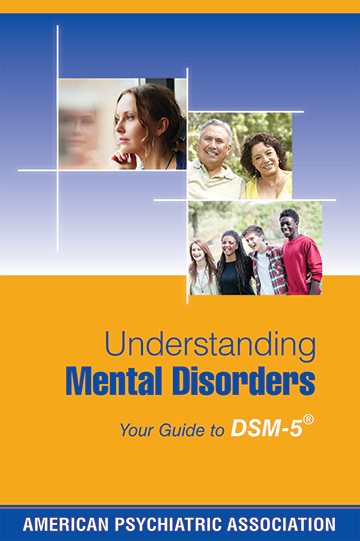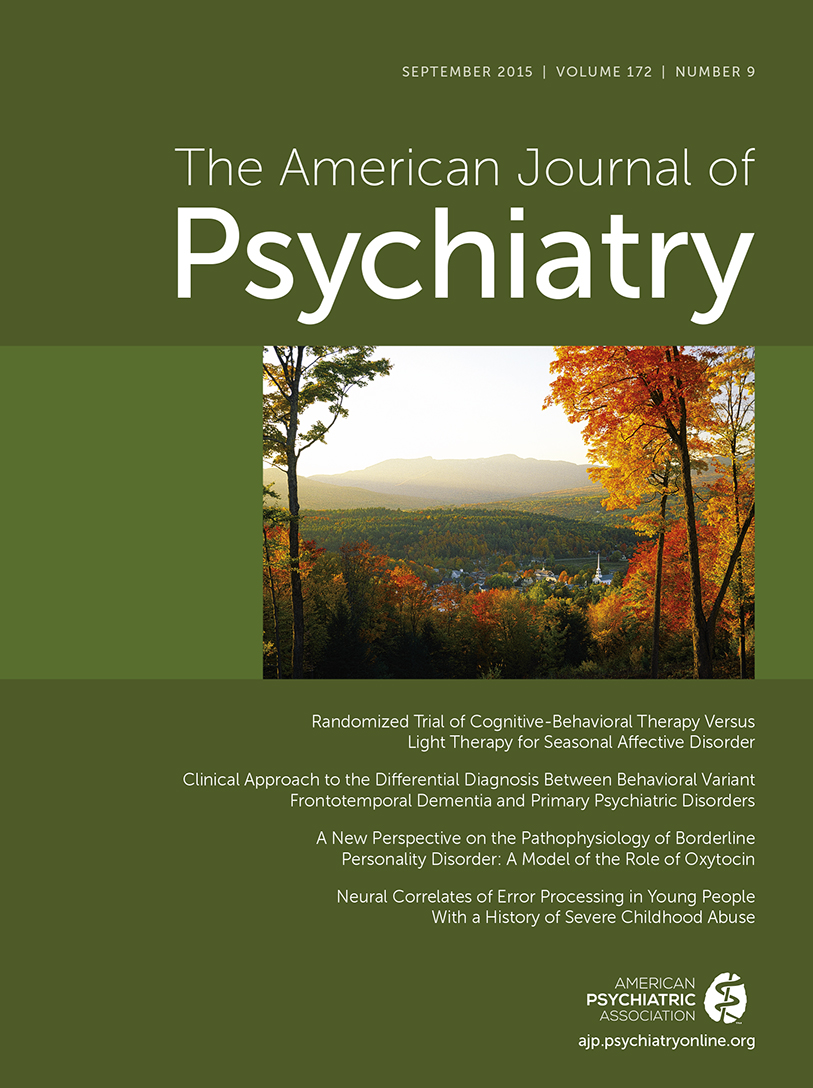This is an approachable book that outlines the major diagnostic categories in DSM-5. It is readable, clear, and user friendly. The diagnostic process is well displayed in case studies for each major disorder. It also has a superb section called “A Healthy Mind and Body” for many of the diagnostic categories. This section, which outlines things individuals can do to promote their mental health, touches upon wellness activities like engaging in exercise, joining a support group, and staying connected to one’s friends and family. For example, in the section on bipolar disorder, it was gratifying to see highlighted the research on keeping a regular schedule and on being aware of the early symptoms of the emergence of an episode. These are the most common questions I field as medical director of the National Alliance on Mental Illness (NAMI): “Okay, so I have this diagnosis—what can I do for myself or my family member to move forward?” These are the kind of holistic developments the field needs to convey to our patients; a diagnosis is one essential but not sufficient guide to building a good life while living with a psychiatric disorder. This book fills a real need to make diagnosis more accessible and to help laypeople approach the resulting issues constructively.
The resource list is extensive, helpful, and international in scope. It covers key organizations and has resources devoted to specific diagnoses. This is a strong aspect of the book. The resources could have been even more developed: I was disappointed not to see NAMI’s Family to Family or Copeland’s Wellness Recovery Action Plan (WRAP) highlighted. In a field where there are not enough psychiatrists, using evidence-based family psychoeducation and self-management strategies delivered by peers is an essential public health solution to promote better outcomes. Both programs have randomized, controlled data to support their usefulness, and are accessible. NAMI’s Family to Family is free and is taught in many cities across the nation. The Copeland Center in Vermont or a local mental health authority or agency can provide more information about WRAP training. These evidence-based models integrate the medical and recovery worlds and work to help individuals and their families improve coping and decision making as they live with the diagnosis in their time outside of the scarce time they have in the professional’s office.
The diagnosis section of the book is excellent, yet the shorter section on treatment does not engage the patient in as holistic an approach as the diagnostic section. The concept of shared decision making and engaging patients in assessing their choices should be a core concept of optimal care. To advance well-being, it is key for health care providers to provide good information and help patients make informed treatment choices. It is hard to find this key concept in the treatment discussion of medications, ECT, or psychotherapy. NAMI members want more informed consent and shared decision making in their care, and this is one important note the book does not adequately address.
I will recommend this important book to NAMI members given its clarity, readability, case examples, and the holistic section on a healthy mind and body. We need to make diagnosis more transparent and more human, and this book does an excellent job of addressing both goals.


